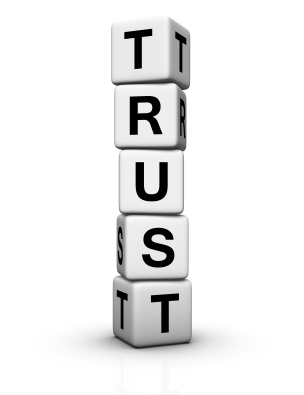For Apple, Inc., the annual Worldwide Developer Conference (WWDC) is an opportunity to refresh its message to consumers and industry observers. At this year’s conference, which ran from June 5-9 in San Jose, CA, saw some pretty dramatic changes to Apple’s websites, emphasizing compelling copy as an integral design element.
For example, on the WWDC home page itself, copy literally takes center stage. Surrounded by graphic representations of people viewed from overhead, the center of the page features the following compelling mission statement:
Technology alone is not enough.
Technology must intersect with the liberal arts
and the humanities, to create new ideas and
experiences that push society forward. This
summer we bring together thousands of brilliant
minds representing many diverse perspectives,
passions, and talents to help us change the world.
The company’s main website has been revamped to feature copy. Take for example the page on business applications for iPad. Each section leads with a clean declarative sentence in large type, followed by two to three sentences that go into the particulars. In the past, Apple was content to let the visuals do all the talking. Now, the visuals and the copy support each other, reinforcing the message of the product’s value. From a design standpoint, Apple’s approach harkens back to the classic powerful prose-driven design of Ogilvy & Mather and Tom McElligott.
At WWDC, Apple revealed a redesign of its iOS app store that also places a new emphasis on content. As Six Colors’ Jason Snell writes, “No, this isn’t independent journalism—it’s curation and marketing. But it’s a sign that Apple sees the value in telling the stories of the apps it’s seen fit to highlight.”
As a style bellwether, Apple may be at the forefront of a renaissance of compelling copy-driven storytelling in marketing. Time will tell if nonprofits embrace the power of storytelling for persuading donors to support their mission.





 The following post is adapted from “Put Your Money in Trust: How a Gift-Acceptance Policy Can Guide Your Fundraising, Reduce Your Risk, and Help Steward Your Donors,” by Paul Lagasse, Advancing Philanthropy, v18n3, May-June 2011 (reprinted with permission) You can read the whole article
The following post is adapted from “Put Your Money in Trust: How a Gift-Acceptance Policy Can Guide Your Fundraising, Reduce Your Risk, and Help Steward Your Donors,” by Paul Lagasse, Advancing Philanthropy, v18n3, May-June 2011 (reprinted with permission) You can read the whole article